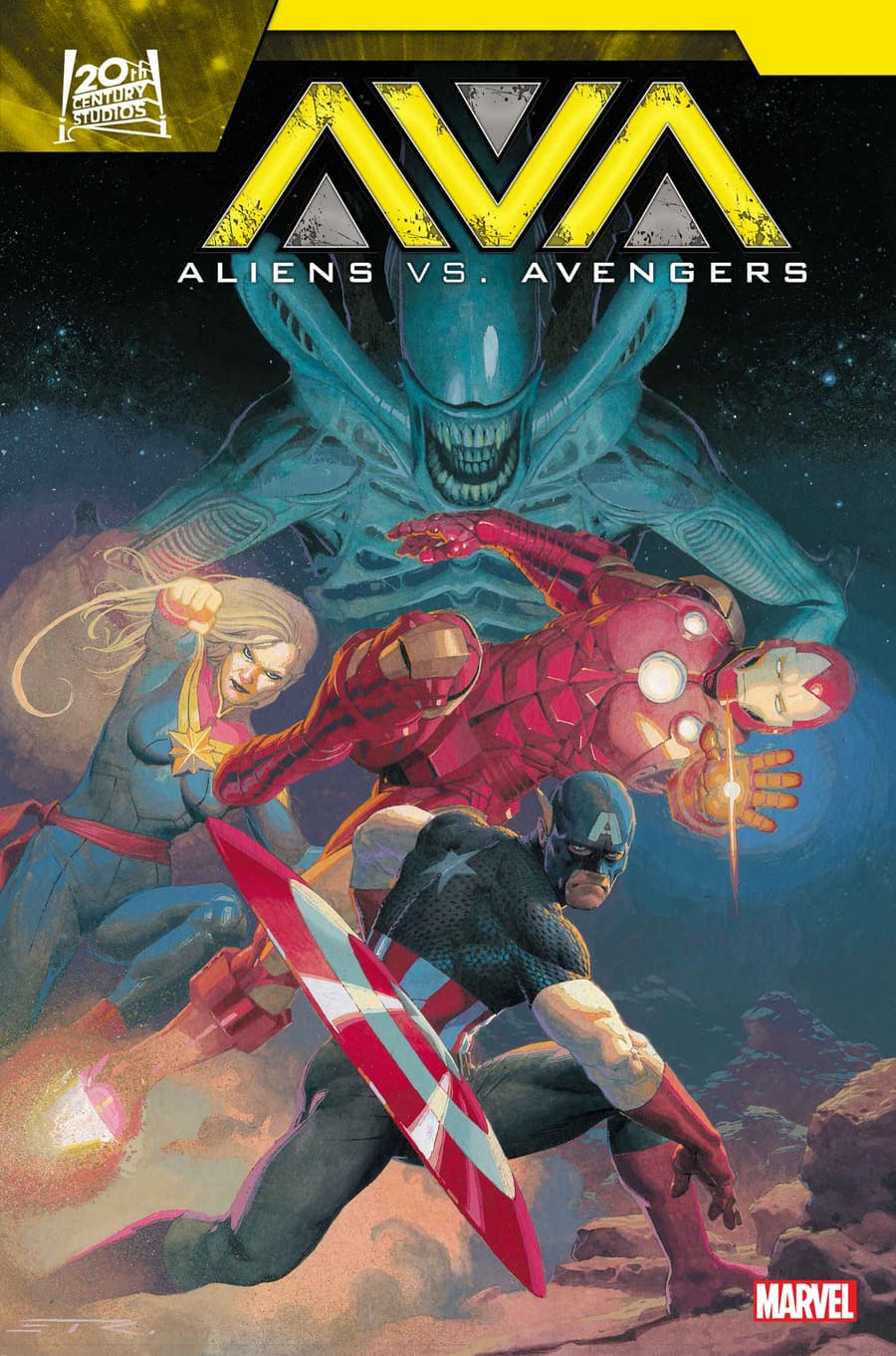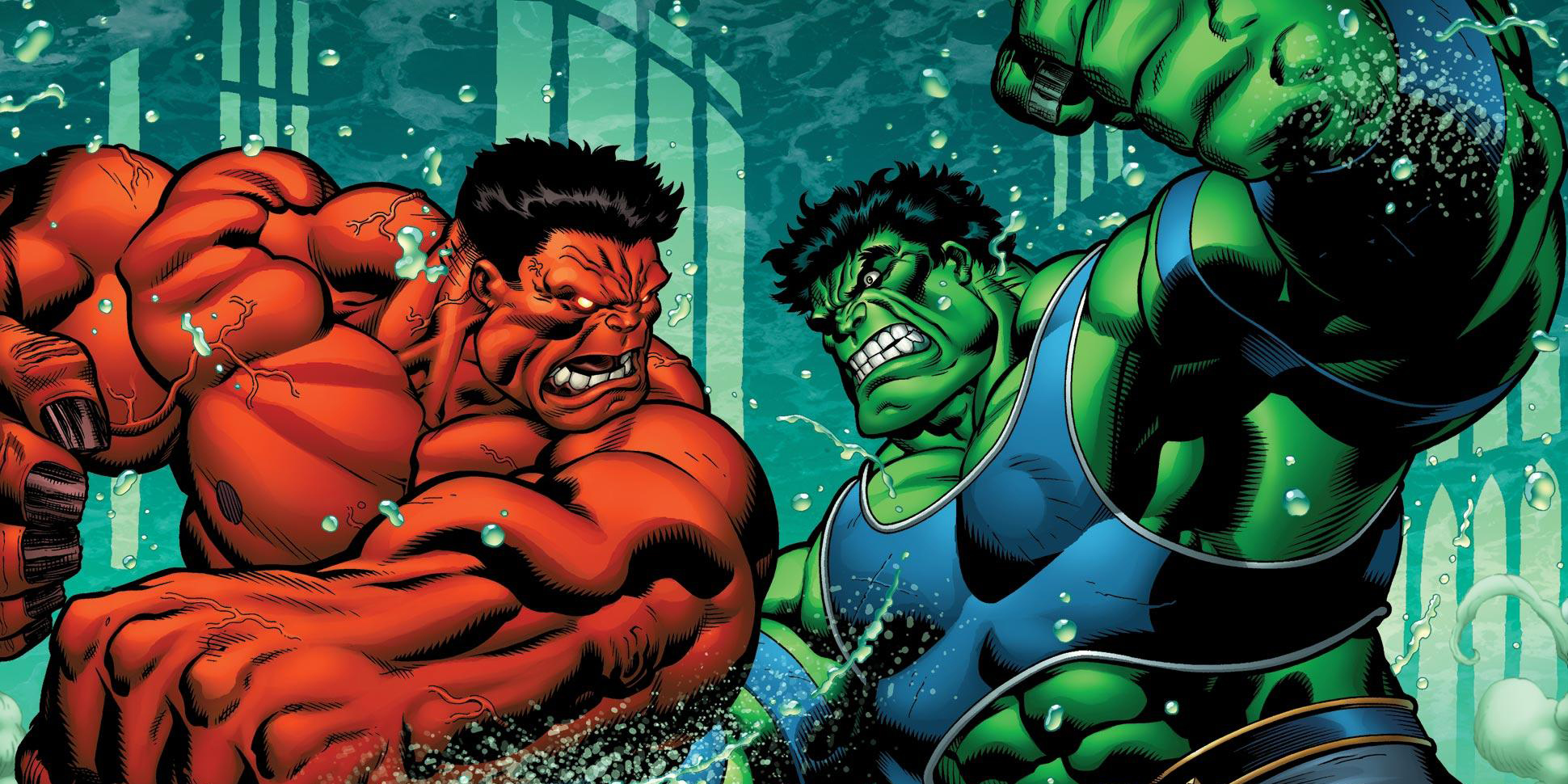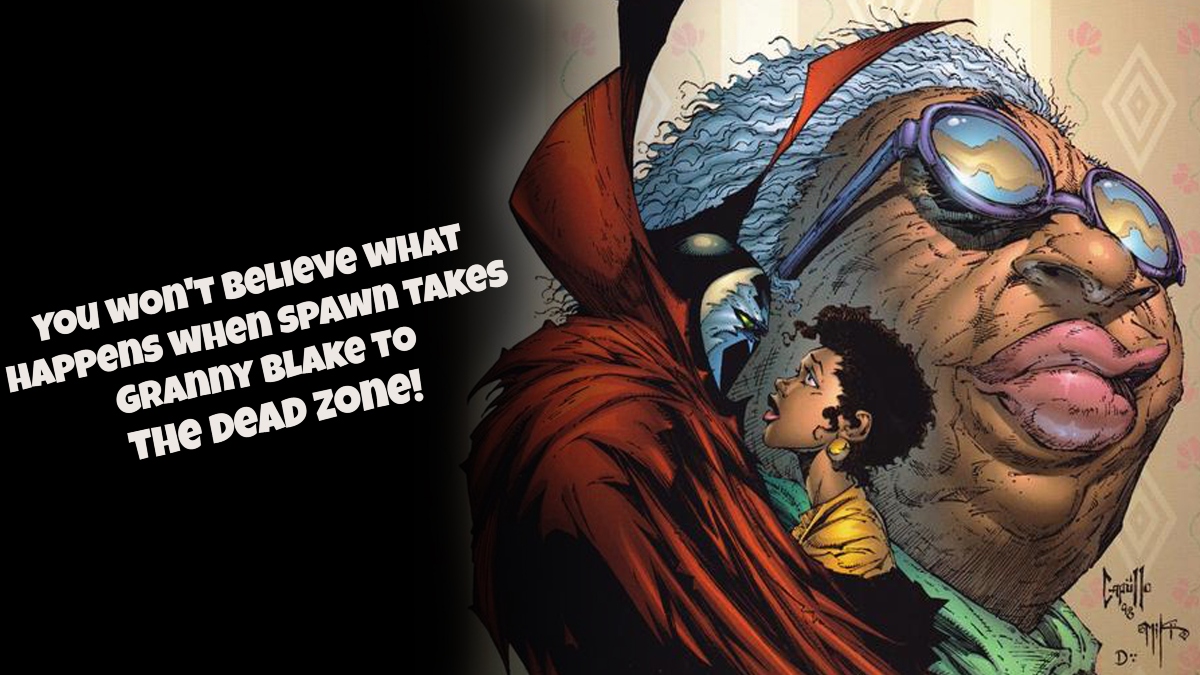![]()
Robert Schenkkan is a very sought screenwriter after the HBO’s ALL THE WAY and the upcoming anticipated HACKSAW RIDGE will be in theaters next month.
Most recently, his movie adaptation ALL THE WAY was nominated for eight Primetime Emmys for HBO. The all-star cast drew praised for Bryan Cranston’s portrayal of former President Lyndon B. Johnson during his turbulent presidency during the civil rights movement after the JFK assassination.
As for HACKSAW RIDGE, it marks the return of Mel Gibson in the director’s chair since APOCALYPTO in 2006. This story follows World War II Army medic Desmond T. Doss who managed to save many American soldiers in the Battle of Okinawa despite his refusal to kill people and carry a weapon. He became the first Conscientious Objector to be awarded the Medal of Honor in American history.
Schenkkan has a good writing resume for writing episodes for 2010’s THE PACIFIC, 2008’s THE ANDROMEDA STRAIN and 2002’s THE QUIET AMERICAN.
LRM had an exclusive telephone interview to talk about his two latest projects last month. We discussed in detail about his approach and research for both ALL THE WAY and HACKSAW RIDGE.
ALL THE WAY is currently available on Digital HD download, Blu-ray and DVD today. HACKSAW RIDGE will be in theaters on November 4.
Read the following interview transcript below.
LRM: I’m going to speak to you about two projects. One of them is going to be ALL THE WAY and the other being HACKSAW RIDGE. Let me start with ALL THE WAY, which is quite fascinating and very interesting.
Robert Schenkkan: Oh, Thanks!
LRM: How did you get the original idea for ALL THE WAY? I understand it was a play first.
Robert Schenkkan: That’s right. It won the Tony in 2014. Well, I grew up in Austin, Texas. That’s pretty much the home area for President Lyndon Baines Johnson. So it was always on my radar.
I had this odd family connection with my father being a pioneer in public television and radio. He had been hired by the University of Texas to come down to create the first public television/radio station in South Austin. He had a chance to speak back then to Senator Johnson, because the public television/radio station would have been a direct competitor to his own private media empire. He did finally give his permission and went on as President to sign the law that created Corporation for Public Broadcasting. It made public radio and television on what it is today.
So this is the weird family connection. I remembered that 64’ election vividly. I was a kid, of course, but it was the first election that I was really conscience of. I had stickers on my books. I went down to Congress Avenue with my mother. I’ve volunteered. I even remembered staying up late to watch the returns coming in. And then a year and a half later, troop levels in Vietnam increased from 128,000 to 175,000. Lyndon Baines Johnson wasn’t quite so much a hero anymore.
He’s been in my head for quite a long time as a character. He’s an extraordinary character. He’s an interesting guy. It’s because on what that election meant that year and how it changed the country—particularly in terms of race and politics. I think that year back in 64’ began a political cycle in which we are now emerging and not quite clear on where we are headed. That’s why things are so confusing and angst right now.
I felt that year with Johnson and those around him like Dr. Martin Luther King, Fannie Lou Hamer, Senator Hubert Humphrey, Senator Richard Russell—it was all a real battle. And there was a war in which we still haven’t won.
![]()
LRM: So many things happened during LBJ’s presidency. How do you know on what to focus on and what to leave out?
Robert Schenkkan: You’re so right. There is so much material. I quickly settled on this one year that was called “Accidental Presdient.†That’s immediately after Jack Kennedy was assassinated in Dallas and Vice President Johnson became President. Basically, it was eleven months before he had to run for reelection. So it was a pretty dramatic situation.
The arc of that year was very extraordinary in a very dramatic standpoint. He turned his attention to the stalled civil rights bill. Finally, finally getting a real civil rights bill passed. He went on to win the reelection, the beginnings of the ramping up in Vietnam, the murders of the three civil rights workers in Mississippi, pressures within the civil rights movement, and the divide between the younger and older generations. It’s a very, very rich and exciting time. It’s really a hinge point in American history.
LRM: Tell me about the process of developing your play on to the big screen for HBO.
Robert Schenkkan: It was such a joy. I shared the script with Steven Spielberg when I was working with him on THE PACIFIC. Steven is such a political animal. He immediately said yes to it. Steven and I took it to HBO. They said yes in the room. I began the adaptation.
What I said to everybody and with all my colleagues who were on board—that I didn’t just wanted to shoot the play—really wanted to do a cinematic reimagining of this story. That meant that I had to cut a lot of things out. I’ve wrote a lot of new material. I had to rearrange things and strengthen some characters. It’s still obviously a story, but told in a completely different way. I think that in some ways it’s a more satisfying iteration.
There was a scene in the movie after the assassination, Johnson returns to the White House and we see him in the Oval Office for the first time. He sat in there hundreds of times as Vice President. This was the first time sitting in the room as President. All of Jack Kennedy’s memorabilia was still there. You can just feel the weight of office settled on his shoulders. Bryan [Cranston] is such a fantastic actor. It’s all there in his face. Lady Bird enters the room and sees him. They have the briefest conversation and then she hugs him.
It’s largely a silent scene. It wouldn’t play well on stage at all. It is what movies are all about. It can portray that kind of intimacy.
I had the best experience with Steven and with Jay Roach, our director. It’s a collaborative bunch. They are very, very smart people. Everybody contributed. Everybody brought something to the table. While I have plenty of ego, my concern was always on how best to tell the story. So the best idea in the room should always win out.
![]()
LRM: Was there anything in this HBO movie that you wished you could’ve elaborated?
Robert Schenkkan: Oh, gosh! There was so much we left on the cutting room floor. A lot of it was with [Edgar J.] Hoover and his attempts to undermine the civil rights bill and the civil rights leader, Dr. King. There was a whole struggle between LBJ, Hoover and Dr. King in that regard. There’s a big chunk of that I loved. In terms of the time frame we were working with, it just seemed like it was too much.
So, yes, to your question. There was plenty I wished that we could’ve done. It’s a movie and not a mini-series. We only had a two plus hours frame to work with. I’m very satisfied with on where we wound up. The process was certainly challenging.
LRM: Did you wish it was a mini-series?
Robert Schenkkan: Well, you always want more time. Having said that, I’m entirely comfortable on where we wound up.I loved the movie we made. As I feel as a writer in Hollywood, this is the most complete project I’ve ever done in a sense that my vision on the page was transferred to the screen. That was a great experience. Jay Roach is fantastically collaborative director. I was there the entire time. At the end of the day, I was really happy on what we had and I would change nothing.
LRM: Absolutely! I think any historical buffs you definitely check out that movie.
Robert Schenkkan: Thank you.
LRM: You’re welcome. Of course, you have another anticipated movie called HACKSAW RIDGE that got some pretty good reception from the Venice Film Festival. Looks pretty exciting. I heard you got a 10-minute ovation. Wow!
Robert Schenkkan: Oh, my God. Yes, yeah. I was there. It was a big, big cinema. It seated 1,100 or 1,200 people. At the end of the screening, the audience stood up and turned around to face us. Mel [Gibson], me and all the actors were sitting in the back. The audience cheered and applauded for ten minutes. I like to say that one-minute applause for one year of my life working on this movie. It was so astonishing. Occasionally, you’ll get something like that, but not at Venice. They’re very particular. It was heartfelt.
To be honest, it was a very emotional movie. Audiences, wherever we screened it, have responded in a similar way. People are deeply moved by it. I’m really excited for this.
LRM: This movie was basically in development hell for more than a decade. How were you approached to that project?
Robert Schenkkan: Bill Mechanic, the producer, approached me about writing the screenplay. As I read the notes, with very little information, I just loved the story and idea of this conscientious objector. A man who is not only opposed to the idea of killing, but wouldn’t even carry a weapon into battle. His courage and bravery is so extraordinary—he was recognized with a medal of honor. He was the first conscientious objector to be awarded the medal of honor. It’s such a great story. It’s such a great story right now in a world with so much violence and so much war.
While we were at Walden Studios, their main rule for filmmaking was there will be no R-rated movie. There was a list of directors who was interested in this that you couldn’t believe. But as soon as they heard it can only be PG-13, then how can you shoot a war movie like that? So it took a very, very long time.
Eventually, we got the right spec. Mel [Gibson] then came on board. He became the ideal director. Gosh, he just knocked it out of the park. It’s just a superb job. And Andrew [Garfield] will be up for everything. It’s a long time in the making. We have really happy results.
![]()
LRM: Now Desmond T. Doss passed away in 2006. So what materials did you have to work with for this project then?
Robert Schenkkan: All I had was this black and white documentary. There were these interviews with the director of that documentary had done, which were transcribed tape recordings with Desmond, his commanding officer and some family members. It’s really not very much.
I dug as deeply as I could into the military records and news articles. There wasn’t a lot of material, because Desmond was a very modest guy. There was no need on his part to put himself forward. He really didn’t like the limelight. It took a very long time for anybody to convince him to give away his life rights or even a possibility of having a movie made. He didn’t think it was important.
It was so endearing in many ways. That’s another thing I’m so fond of him. That was pretty much the material. Of course, I’m not writing a documentary. I’m writing a feature. I’ve took a lot of liberty. I’ve made some significant changes. I’ve told the story in a way that I felt it was the most interesting and still be true to the essence of Desmond. It was a great experience and I’m very proud of the results.
LRM: For some of us who aren’t really familiar with the story, is Hacksaw Ridge part of the battle in Okinawa?
Robert Schenkkan: It is. Hacksaw Ridge refers to a very specific geographical feature in the middle of Okinawa. It’s actually an ancient coral reef when the island was beneath the waves. It’s not particularly that tall. It’s probably about 160-feet high from its top plateau. The island has been in Japanese possession for hundreds of years.
During the war, they had tunneled into the ridge extensively into six different levels. There were concrete reinforcements, multiple bunkers, long tunnels, etc. It was a formidable natural fortress. They turned it into a very lethal killing field.
United States Army landed without opposition. As they moved south down the island, as they hit the ridge, the army just simply was stopped. They just took terrible, terrible casualties at Hacksaw Ridge.
That’s where Desmond Doss and his company arrived as replacements on the front line. It was on Hacksaw Ridge where he performed his heroics. So, yes, it refers to a place and a battle specifically on Okinawa.
![]()
LRM: How much of Desmond as a Seventh Day Adventist is going to be portrayed on the screen?
Robert Schenkkan: We certainly don’t shy away from his religious beliefs, because it’s a big part of his morality. Neither is the movie didactic. Itwon’t feel like you’re being preached to. In fact, Demond didn’t do that. One of the things I liked about Desmond was that there was none of this holier than thou. There is none of this all of you are going to Hell. None of the criticism that you don’t believe in the way that I do.
He simply was a very patriotic individual. He was also a deeply religious man. He wanted to serve both God and country in a way that would be consistent with his beliefs. It’s certainly present, but the faith that is presented here is hard won. It’s hard to hold the system of beliefs with Desmond. This was a carnal house of violence. Here’s this pacifist in the middle of it. It’s just not a guy who believed in not killing, but will not even carry a gun. You can really feel the tension and the terror in trying to stay true to a belief like that especially in a place like Hacksaw Ridge.
So it’s a very, very potent story regardless you, the audience, are particular in whatever your religious beliefs. His courage and his commitment to his beliefs—transforms him beyond to any religious identifications. It’s something that anybody will and can respond to.
LRM: Absolutely. Let me start wrapping this up with one more question. After LBJ and Desmond T. Doss, you sure know how to pick your historical figures.
Robert Schenkkan: [Laughter]
LRM: If you have another chance to put another unique historical figure on to the screen, who would you love to see the story on to the big screen?
Robert Schenkkan: Gosh, that’s a really tough question. There are so magnificent stories out there. Many of them people had taken a whack at. What I will say is on what I’m doing next—I’m writing a movie about the Manhattan Project for Robert Redford. That’s about J. Robert Oppenheimer and all of the scientists in Santa Fe working to create the first atom bomb during World War II. It’s a pretty great story and I’m following that up with another feature for Amazon with Joseph Gordon Levitt. It’s based on a true story set on Reconstruction in the South in the post-Civil War.
It’s really about on what’s ahead for me next. That’s the thing I love. Those are the two films that are closest to me right now. There’s a lot of good stories out there to be told. And I’m always opened to suggestions if you have one.
LRM: I’ll send them over if I ever get a revelation. Well, anyways Robert, thank you for this conversation. I would love to talk to you for hours, but we’re all on a time limit. [Laughter]
Robert Schenkkan: We are. I really appreciate a chance in having to talk with you. Thanks.
ALL THE WAY is currently available on Digital HD download, Blu-ray and DVD today. HACKSAW RIDGE will be in theaters on November 4.
Source: LRM





